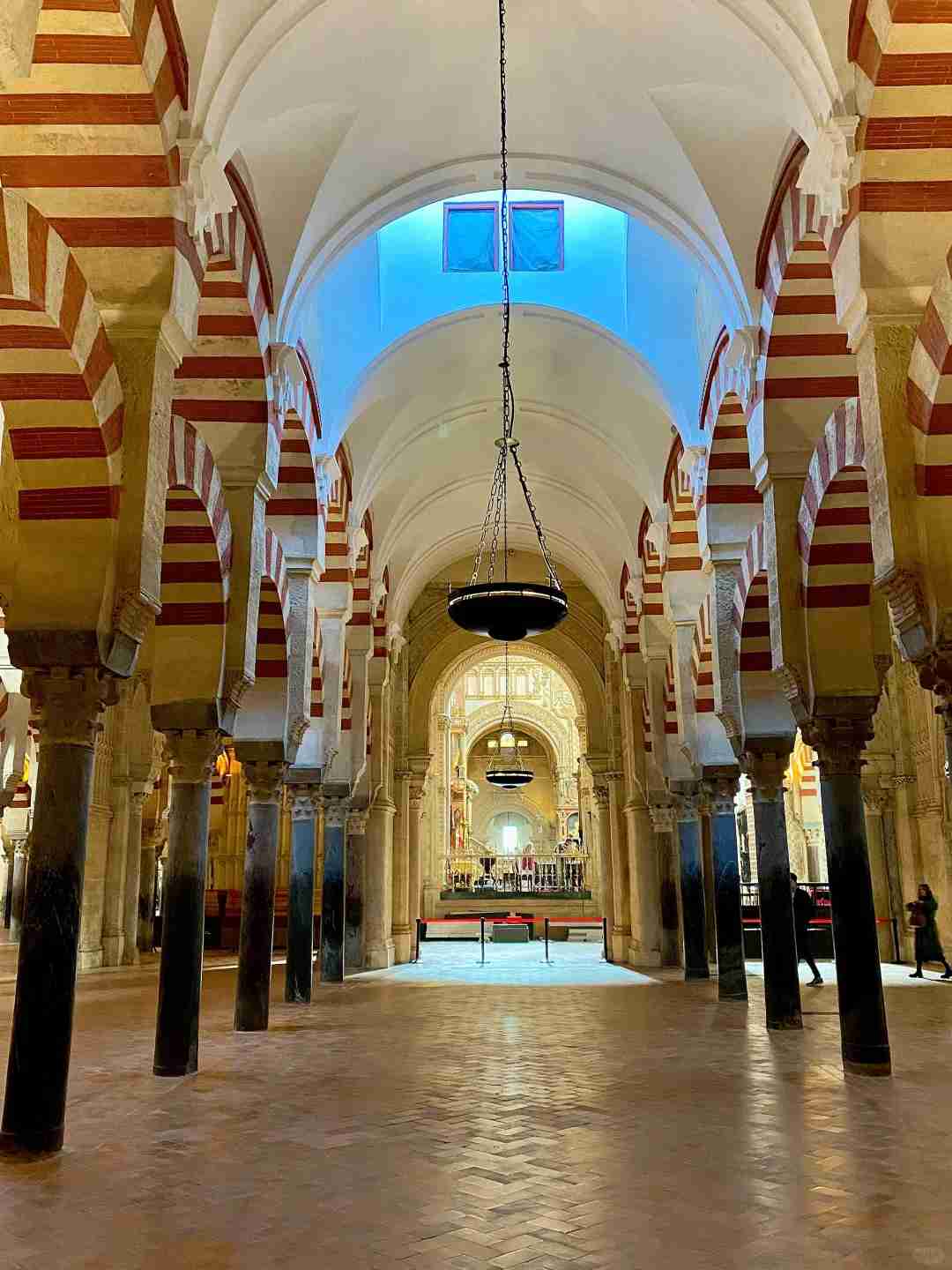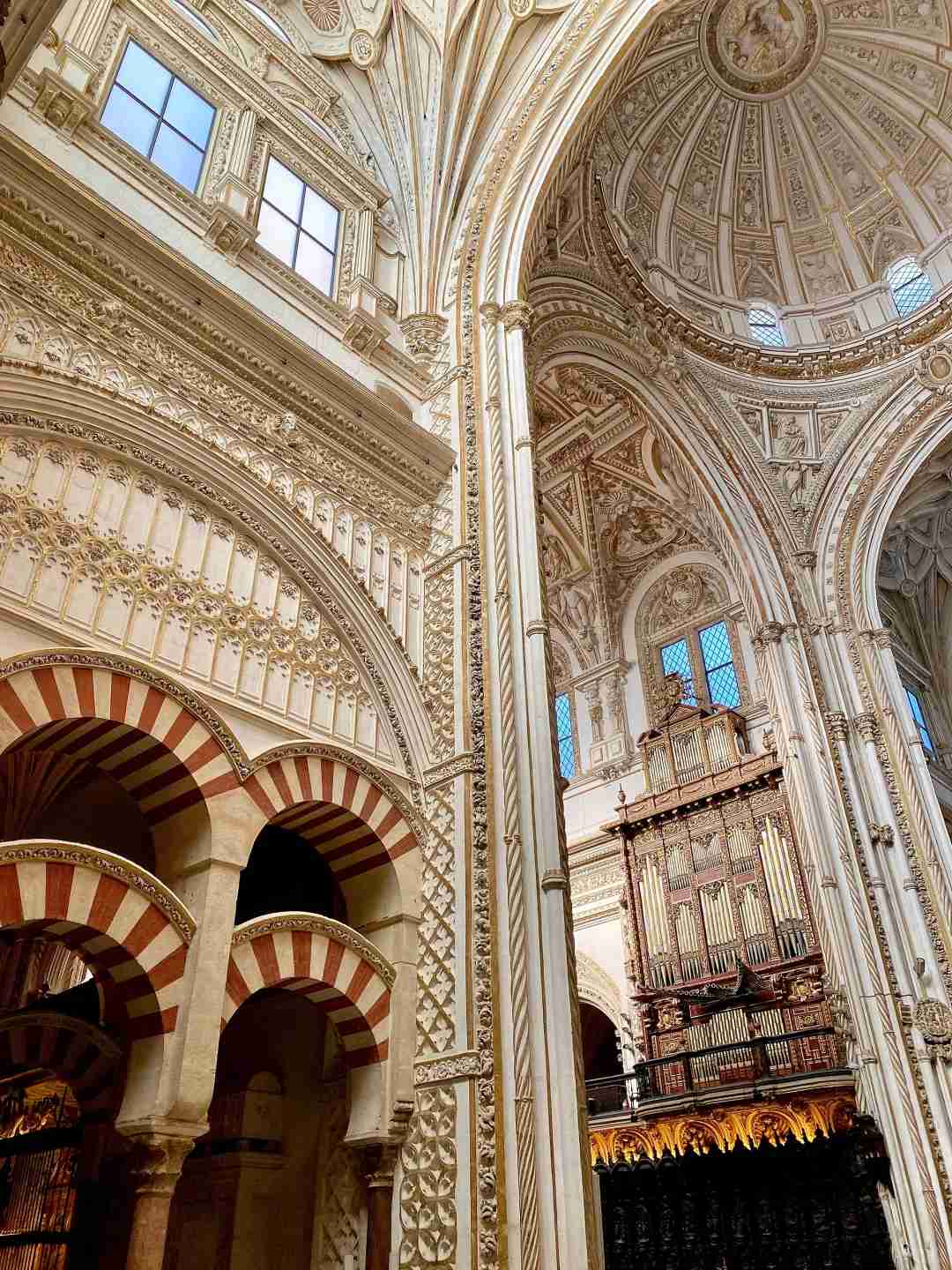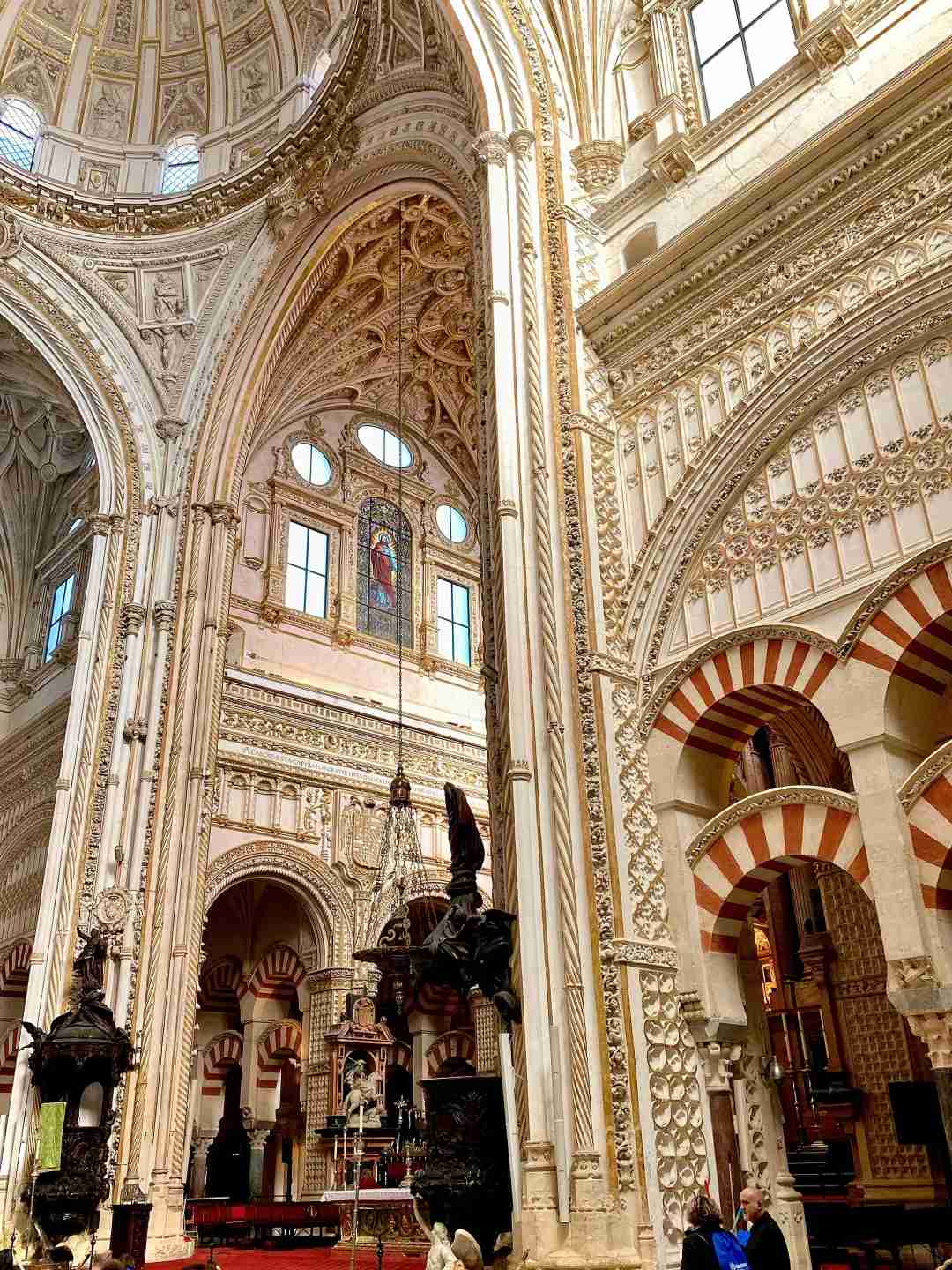Discover Why Cordoba, Spain is a Top “Game of Thrones” Filming Location
In the heart of Cordoba’s old town, every step you take is a journey through time, as the city itself is a living museum, with each brick and tile whispering tales of a bygone era.

As one of the three historic jewels in the Andalusian crown, Cordoba boasts a past that is both glorious and illustrious, a tapestry woven with threads of diverse cultures and epochs.

The city’s golden age dawned in the 8th century, following the Moorish conquest. This period saw the construction of around 300 mosques and countless palaces and public buildings, creating a spectacle that rivaled the splendor of Constantinople, Damascus, and Baghdad.

By the late 10th and early 11th centuries, Cordoba had reached its zenith, becoming the most populous and culturally vibrant city in Europe. It was not only the most prosperous and civilized place in the Muslim world but also a global beacon of advanced culture and science, surpassing many of its contemporaries.

The history of the old town stretches back to the 2nd century BC, when the Roman Empire held sway over the southeastern Iberian Peninsula for more than six centuries. The Romans, known for their engineering prowess, built bridges over rivers and carved roads through mountains, establishing a vast and enduring empire on both sides of the Mediterranean.

After the Romans were ousted, the Arabs arrived, founding the Moorish Kingdom and building upon the Roman foundations. They transformed the city, leaving an indelible mark on its architecture and culture. Later, the Moors were expelled, and the Christian kingdoms reclaimed Cordoba, continuing to rebuild and transform the city, layering it with new architectural and cultural elements.

The old town is a living, breathing history, where the past and present coexist in a harmonious blend.

Cordoba is home to numerous notable sites, such as the Roman Bridge, the Alcázar de los Reyes Cristianos (Castle of the Christian Monarchs), the ancient city walls, and the charming Calleja de las Flores (Flower Alley), a favorite among tourists.

Yet, the true masterpiece of Cordoba’s history is the Mosque-Cathedral (Mezquita-Catedral de Córdoba). This magnificent and sacred Catholic cathedral stands within the splendid and holy halls of a former Muslim mosque, a testament to the city’s rich and layered history.
Despite its unique fusion, the Mosque-Cathedral does not feel out of place; rather, it presents a balanced and harmonious blend. The grand and deep hall resonates with the bright and splendid prayer hall, the solemn and heavy doors complement the elegant and unique stained glass windows, and the dazzling objects harmonize with the simple and dignified horseshoe arches.
The majestic forest of columns echoes the intricate and resplendent decorations, creating an atmosphere that is both serene and awe-inspiring, breathtakingly beautiful.
Only by standing within these hallowed walls can one truly appreciate the sheer beauty and the incredible fusion of history and art that makes this place so extraordinary.
Throughout the long and winding corridors of history, the centuries-long ebb and flow of conquests and reconquests between Arabs and Christians have woven a tapestry of love, hate, and revenge. Here, diverse religious civilizations have intersected, leaving indelible marks, blending, and even enriching one another. This is why we find the Mosque-Cathedral, a stunning testament to the perfect fusion of these cultures.
Judaism, Christianity, and Islam, all springing from the same ancient roots, have coexisted and clashed in a dance of shared heritage and deep-seated conflict. Despite their common origins, their disputes seem to stretch endlessly into the future.
Civilizations can indeed integrate and coexist, but the people who embody them often find themselves at odds. What drives this perpetual discord?
Is it the fault of the civilizations themselves, or perhaps the races and religions they represent? Or does the root lie deeper, in the very nature of humanity?

